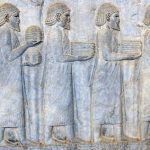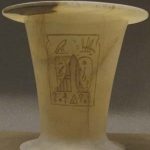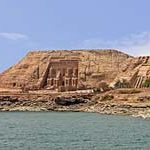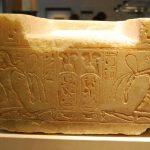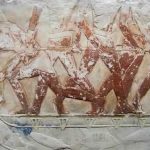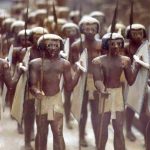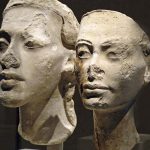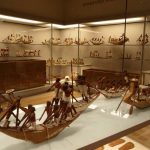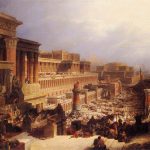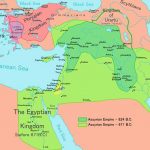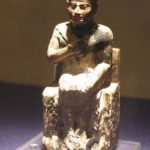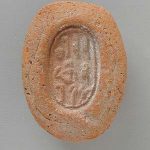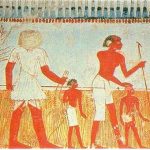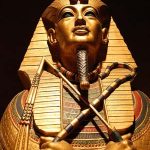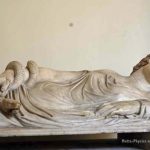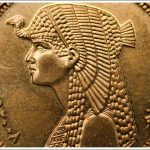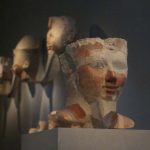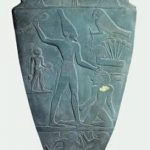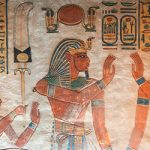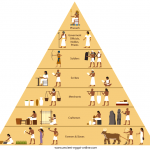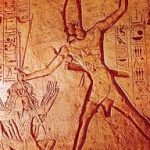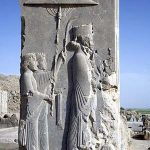First Intermediate Period (c.2160-2055 B.C.)
This period saw a change in the cultural demographic of the country. Nobles moved to smaller cities and took the art and culture of the capital with them. Rural Egypt became wealthier and this allowed the people to build larger tombs. Artisans developed scarab shaped seals during this period.
Urban centers, which were the centers of local administration, governed the rural areas. Priests introduced new funeral ideas in these areas. Artisans made masks for mummies and made objects to serve as grave goods. The first coffin texts, meant to guide souls in the Tuat, date to this time.
9th and 10th Dynasties
These dynasties moved the capital to Herakleopolis and had no control over southern Upper Egypt. They fought with the Theban pharaohs of the 11th Dynasty. These pharaohs did not build monumental buildings and famines plagued their reigns. Kings bragged about feeding their people which they saw as a great accomplishment. Local governments fought with each other and had independent reigns. The pharaoh still possessed the religious power in the land.
11th Dynasty
This dynasty began in the 4th Nome at its capital of Thebes. Some of the Middle Kingdom rulers referred to the 11th Dynasty pharaohs as their ancestors. The necropolis (city of the dead) of el-Tarif held the saff-tombs of the 11th Dynasty. The tombs of courtiers and local citizens surrounded the saff-tombs of the pharaohs.
Intef II ruled for 50 years and began moving to conquer more of Egypt. He controlled most of southern Upper Egypt and began pushing north. This pharaoh built the oldest surviving fragment of a temple at Karnak.
Middle Kingdom (2055-1650 B.C.)
11th Dynasty
The 11th Dynasty continued into the Middle Kingdom after Mentuhotep II re-united Egypt. He ruled for 51 years and deified himself to show his right to rule Egypt. Mentuhotep II appointed governors to oversee the administrations of Upper and Lower Egypt. The pharaohs who followed him reinstituted the cult of kingship and built temples and chapels.
12th Dynasty
These pharaohs moved their capital to Ijitawy, a city Egyptologists have yet to discover. The middle class gained wealth and power as seen in the increase in jewelry caches belonging to them. The pharaoh’s built a series of fortresses to protect the kingdom.
Senusret I erected a chapel made of alabaster at Karnak and scholars have rebuilt his chapel. He standardized formal artwork in style and form. Evidence indicates that he supported literacy for women, as seen in letters between women.
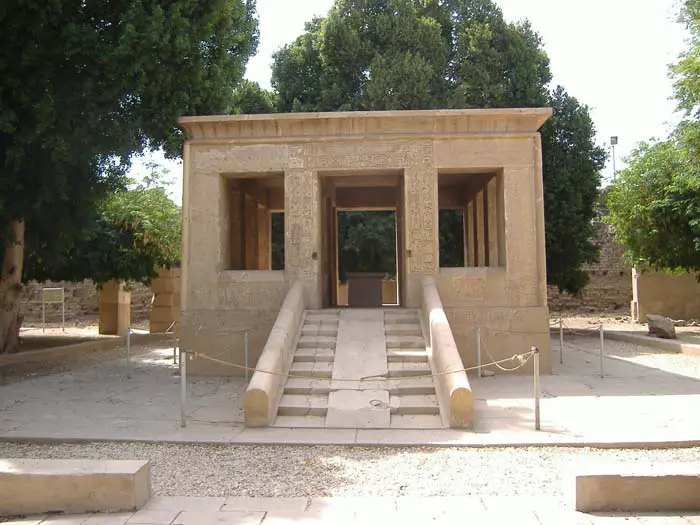 © Hannah Pethen – Chapel of Senusret I at Karnak
© Hannah Pethen – Chapel of Senusret I at Karnak
Senusret II began the irrigation of the Faiyum region to allow for the cultivations of more land. He built a mud-brick pyramid encased in limestone at the site of Lahun. Egyptologists found the jewelry of Princess Sathathoriunet near this pyramid.
13th Dynasty
Itijawy was still Egypt’s capital but different lineages held the kingship. Scholars suggest that a “circulating succession” was set up among the leading families. This led to short reigns but the bureaucracy functioned in the same way. Pharaoh refined the duties of officials and made them more precise. This restricted the activities of individual officials and lessened their powers.
Egyptologists discovered and excavated urban centers dating to this period. They found the earliest mud brick mold yet discovered which is like later examples. Scholars found a gynecological papyrus that is the oldest collection of cures for female illnesses.
Osiris was the main god of the necropolises and commoners had more funerary rites. This included the Coffin Texts and reflected changes in spiritual ideas. At first, the Egyptians believed that only the pharaoh had a ba (spiritual force). During this period, priests taught that all people had a ba. Mummification became widespread but it was not effective.
Archaeological evidence shows the cultural changes in this period. Artisans made models of everyday life for funerary purposes. Literature of many types flourished including narratives, religious texts and philosophical treatises. The lives of human beings became more important in literary works.



